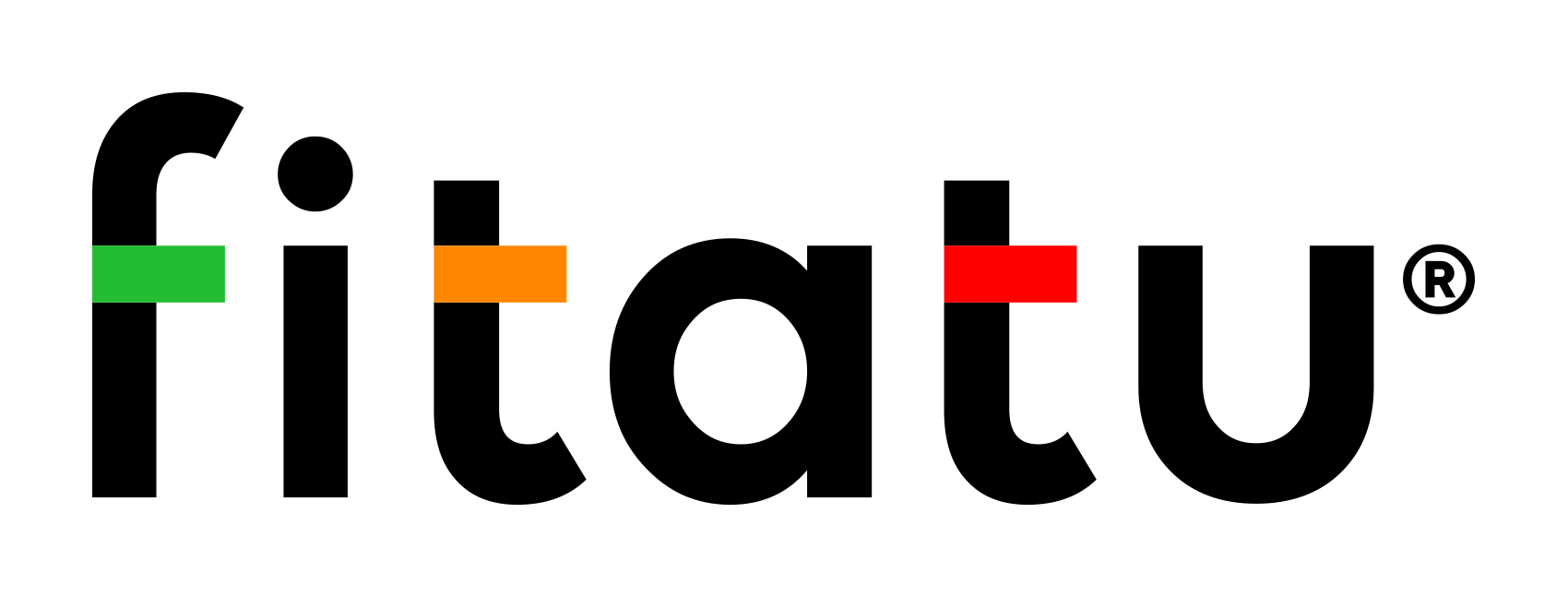How to read labels and evaluate products

The ability to read food labels is a very important aspect for the consumer. By being aware, we are able to choose better products and thus take greater care of our own health and that of our loved ones. Among the most important information on the label for the consumer are: nutritional value, product ingredients, allergen information, expiry date, RWS and the Nutri-score quality rating system.
Food labels provide a lot of important information for the consumer, so knowing how to read them is really important. In this article you will find out, among other things, what the mandatory information on food labels is, the difference between “Best before” and “Use by”, and what the RWS is. and what the RWS is. We hope you already know all of this, but if not, we invite you to read on.
How do I read labels?
Mandatory information
Mandatory information on product labels includes:
- nutritional value
- product ingredients
- allergens (14 substances/products causing allergies or intolerances)
- the content of vitamins and minerals that have been added (we are talking about the total content in the product, not just the amount added by the manufacturer) – in the case of fortified products
- expiry date of the product
Principles of nutrition labelling
The mandatory components of the nutritional value of products are:
- energy value,
- fat (including saturated fatty acids),
- carbohydrates (including sugars),
- protein,
- salt.
In addition to the mandatory nutritional components, the manufacturer may also include voluntary information on other nutritional components, viz:
- monounsaturated and polyunsaturated fatty acids,
- starch,
- fibre,
- polyols,
- 14 vitamins
- 13 minerals
The mandatory nutritional values may additionally be expressed as a percentage of the reference intake values (%RWS), while the vitamin and mineral content must additionally be expressed as %RWS.
The nutritional value should be presented on the label in the form of a table or, if there is no space for this, in linear written form.
Principles of ingredient labelling
The list of ingredients, apart from the nutritional value, is the most important part of the label. The ingredients must be presented in descending order of weight, i.e. the ingredient with the most weight in the product is at the top of the list.
When reading the list of ingredients of a product, it is important to remember that the shorter it is, the better. This means that the ingredients are simple and that the product does not contain many food additives, e.g. preservatives or other enhancers which affect the texture, flavour, aroma and freshness. Of course, long ingredients are not always a bad thing. Sometimes it is, for example, simply a multi-ingredient dish with natural products. However, it is worth being aware and being able to read the composition with understanding.
What does RWV mean and how to use it on a daily basis?
RWS stands for reference intake value calculated as the daily requirement for energy and individual components for an average adult. In other words, in simple terms, it means how many calories, fat, protein etc. should be consumed in a day to cover the requirement for a specific nutrient.
Below in the table you will find the data relating to the average adult referred to in the case of the RWS.
| Energy value or nutrient | Reference intake values |
| Energy value | 8400 kJ / 2000 kcal |
| Fat | 70 g |
| Saturated fatty acids | 20 g |
| Carbohydrates | 260 g |
| Sugars | 90 g |
| Protein | 50 g |
| Salt | 6 g |
The easiest, quickest and most accurate way to calculate your needs and nutrient intake is to use a calorie calculator such as Fitatu. The calculated energy and essential nutrient requirements will be tailored to you and not standardised, which is a huge plus. However, if for some reason you don’t want to or can’t use it, you can also balance your diet using the RWS data shown on food labels. To do this, add up the RWS information from the products you consume (just remember to factor in how much of a particular product you consume, as manufacturers often give this information per suggested serving). The sum of the RWS values from all the products consumed during the day, should not exceed the figures in the table above.
Difference between “Use by” and “Best before”
There is a difference between the “Use by” and “Best before” expiry date markings on packaging.
“To be consumed by”
Refers to perishable products e.g. yoghurt, cheese, meat, cold cuts etc. Products described in this way should not be consumed after the expiry date as pathogenic microorganisms may multiply in the product causing food poisoning. Such products after the expiry date can be hazardous to health.
“Best consumed before”
Or “Best consumed before the end of:” – this information means that the product may have lost some of its taste and nutritional qualities after the expiry date, but if it has been properly stored, its consumption is not hazardous to health. It is placed on solid, free-flowing products such as groats, pasta and flour.
Regardless of the phrase used on the label, it is forbidden to trade in products after the ‘expiry date’. If you find such a product on the shelf, you should report it to a shop employee and demand that they withdraw it from sale.
Product quality rating systems
Nutri-score
One of the most popular systems for assessing the quality of food products in Europe is the Nutri-Score system created and implemented first in France in 2017. This system consists of labelling food on the front of the packaging with 5 letters (A to E) and colours, with each colour and letter indicating the quality of the product. The A grade identifies products with a higher nutritional quality, while the E grade identifies those products that should be consumed in smaller quantities or less frequently. The Nutri-Score system aims to make it easier to compare products within the same category.
Fitatu score
In the Fitatu app, you can also find Fitatu score labels next to food products (which have product compositions). This system is based on the Nutri-score system, but extends it even further to make it even more useful for people.

Fitatu App
Download the application from the Play Store or Apple Store and start counting your macros with us!
Do you prefer the web version? No problem. A basic web version is prepared for our subscribers. And now you can use the VEGE-5 discount code by going to https://www.fitatu.com/app/giftcode and get 29% off your monthly Fitatu Premium.
What else can you find in Fitatu Premium?
- over 1000 recipes plus several new ones every month
- additional plans for intermittent fasting
- the ability to create shopping lists
- a choice of six ready-made menus full of meals to choose
- filtering products and recipes
- more synchronization with fit apps
- access to the application in the web version
- no ads!





